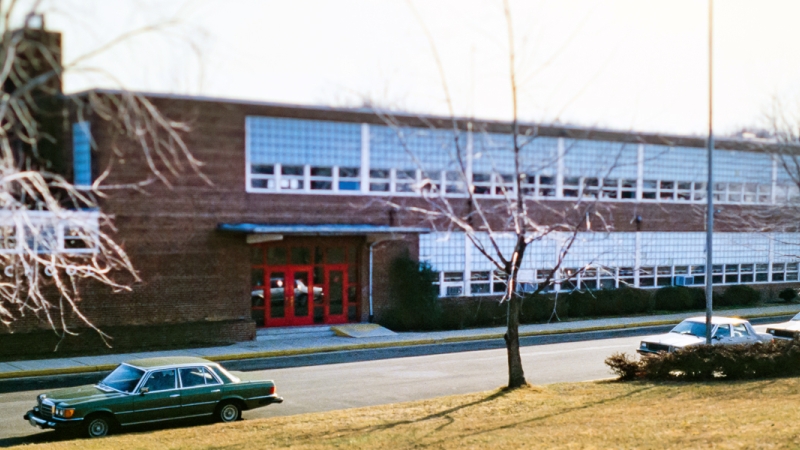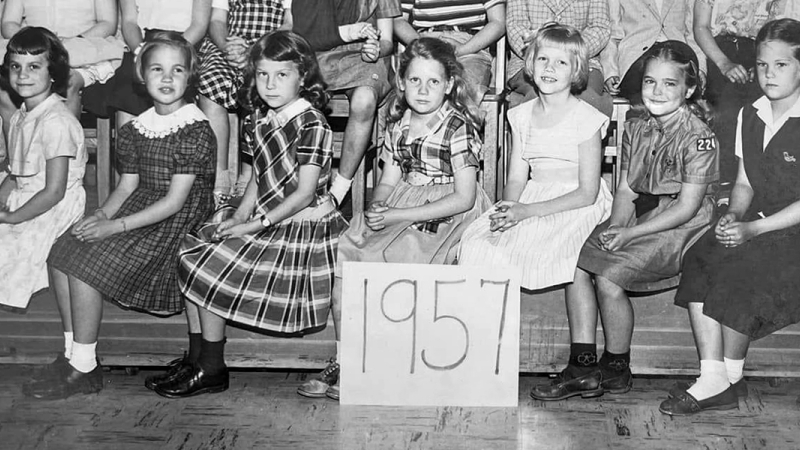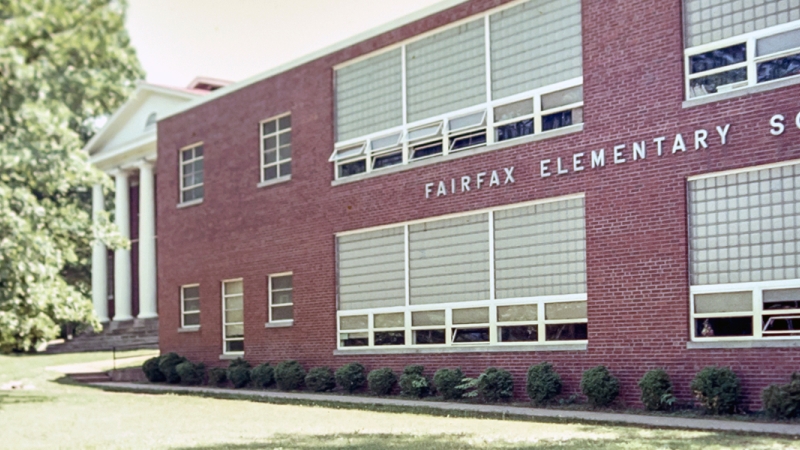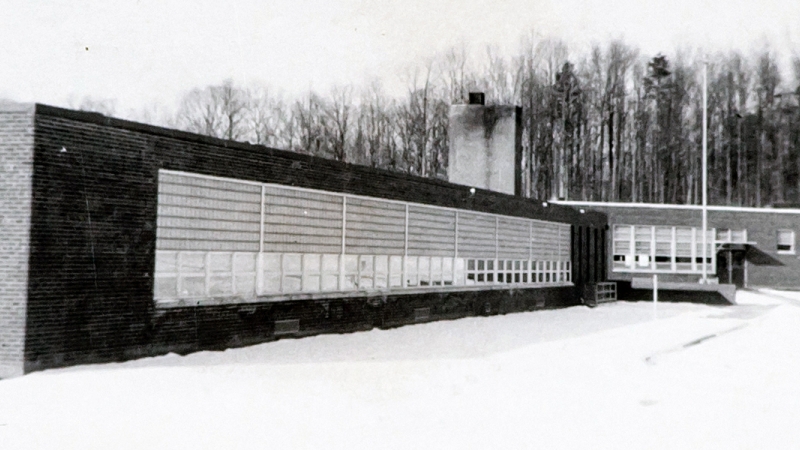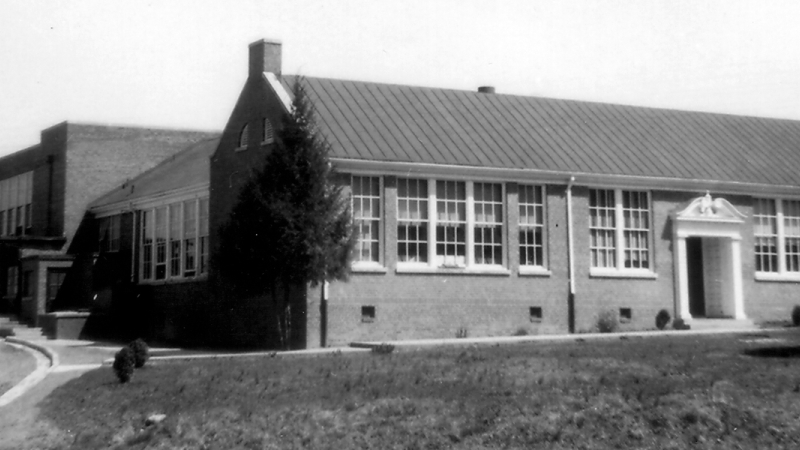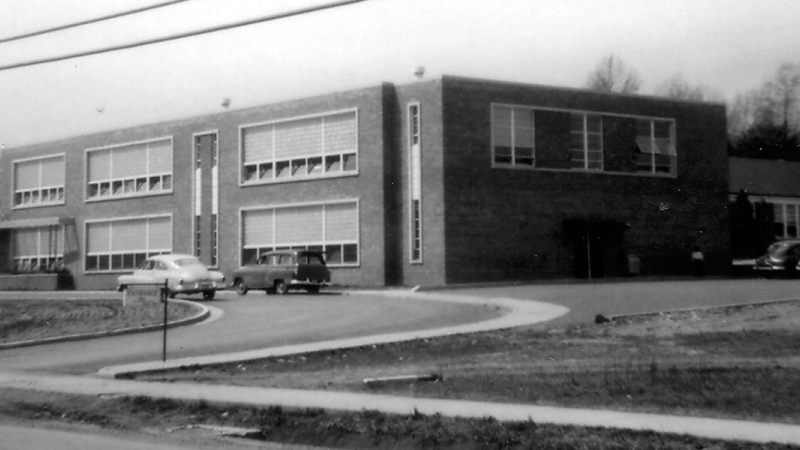
School History: Lorton Elementary School
Remembering Our Past
In 1922, a two-room schoolhouse was built near the present-day intersection of Silverbrook Road and Lorton Road. Completed in late October or early November, the building was called the Lorton School.
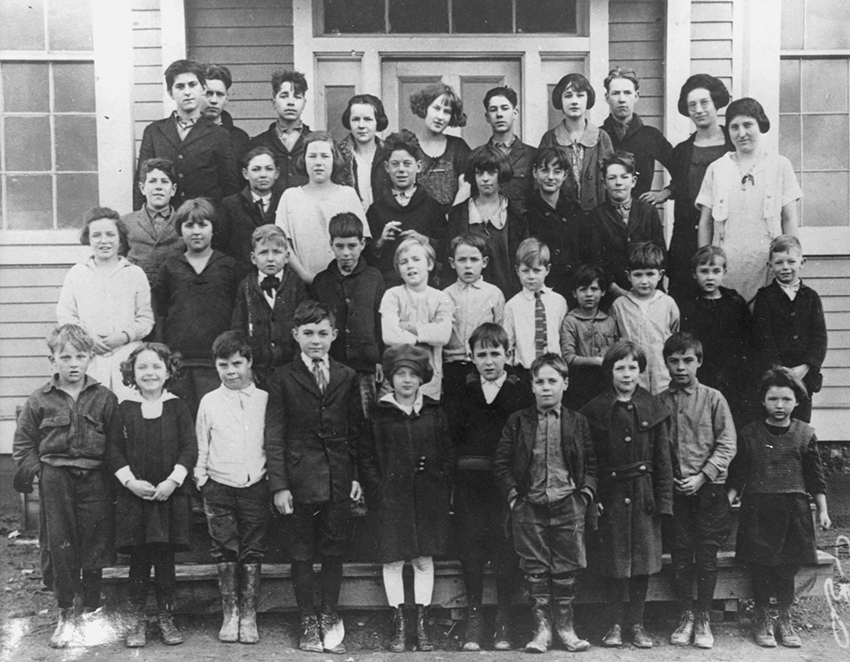
In the summer of 1924, construction began on a two-room addition to the Lorton School. One of the contractors assigned to the project was William F. Halley, for whom Halley Elementary School is named. Approximately 800 bricks used to construct the addition had been donated by the superintendent of the District of Columbia Workhouse and Reformatory. The bricks had been made by inmates in kilns located near the Occoquan River.
Lorton Elementary School
In the late 1920s, the number of employees at the District of Columbia’s penal institution at Lorton was rapidly increasing. This led to a significant rise in the area’s school-age population. At that time, Fairfax County Public Schools’ consolidation movement was underway. School consolidation was the systematic process by which Fairfax County closed its rural public schools and relocated the students into larger buildings.
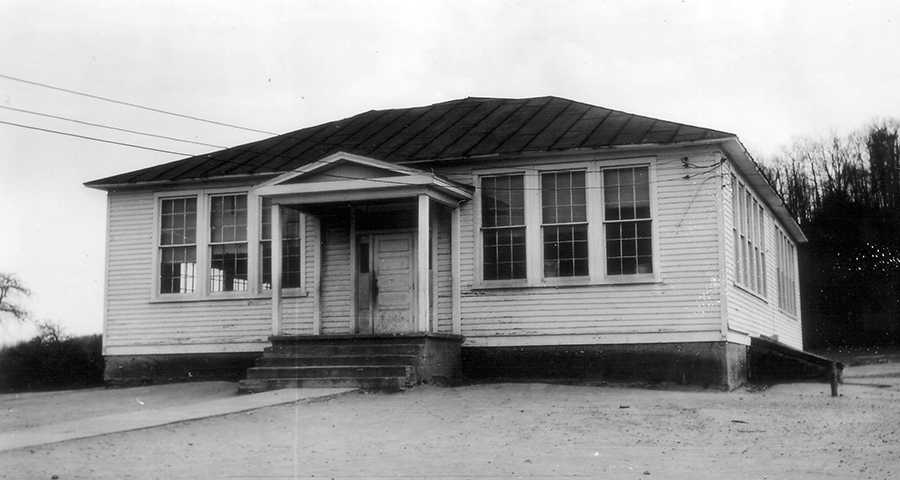
In September 1933, the Fairfax County School Board applied for a grant from the Federal Emergency Administration of Public Works to fund school construction. The request included $35,000 to construct a new, six-classroom, consolidated school at Lorton. In April 1934, the School Board received a letter from the state engineer for the Public Works Administration (PWA) stating that the plans for the new school had been approved and construction could proceed. Two months later, on June 6, 1934, the School Board awarded the contract for the construction of the building to contractor J. H. Bennett, Inc.
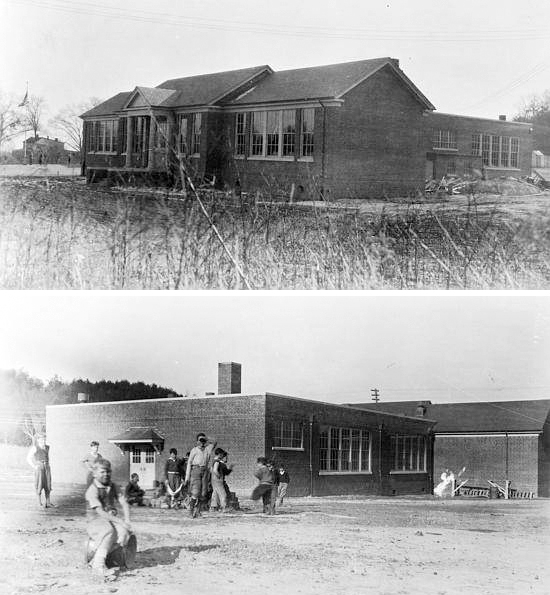
Built adjacent to the Lorton School at a cost of $34,048, Lorton Elementary School opened its doors to students in January 1935. After the new school opened, one room in the old, four-room building remained in use as a classroom. The old Lorton School was also used as an auditorium for school functions and community meetings. The following persons taught at Lorton during the 1935-36 school year.
- Emmett M. Day, Grade 7
- Helen M. Davis, Grade 6
- Ellie V. Hixson, Grade 5
- F. Christine Ferguson, Grade 4
- Madge Higgins, Grade 3
- Carolyn Rowe, Grade 2
- Katheryn A. Payne, Grade 1
In addition to his duties as the seventh-grade teacher, Emmett M. Day was also the principal of Lorton Elementary School. School Board meeting minutes indicate that Mr. Day’s annual salary in 1940-41 was $1,250.
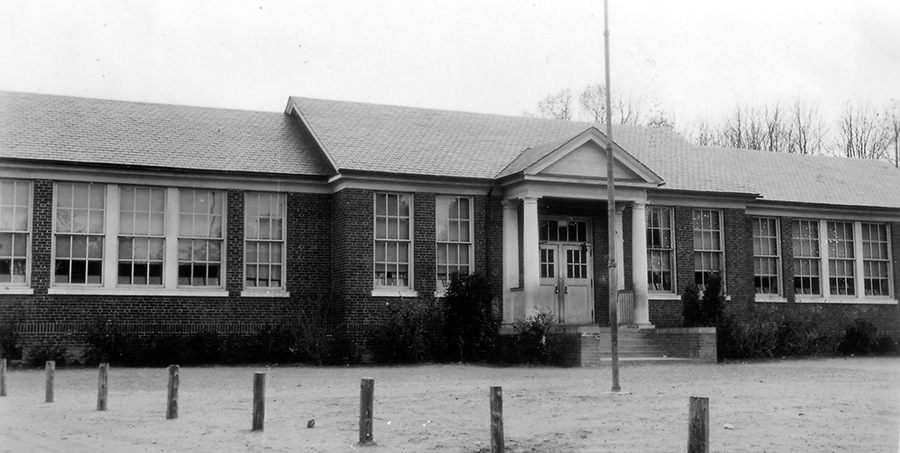
The First Addition
Historically, a school league was a group of parents and community members who organized for the purpose of supporting the operation of a school. School leagues bore many similarities to modern parent-teacher associations, but the membership also included persons who did not have children enrolled in the school yet wanted to contribute to the betterment of the students’ education.
In February 1939, a delegation from the Lorton School League asked the School Board to construct an addition to Lorton Elementary School. A loan from the Virginia Department of Education’s Literary Fund was obtained in August 1941, and construction began in September of that year. Built at a cost of approximately $34,400 by contractor C. E. Nuckols of Richmond, Virginia, the addition consisted of two classrooms, a combined auditorium and cafeteria called a "cafetorium," a kitchen, bathroom, teacher workroom, and a school health clinic.
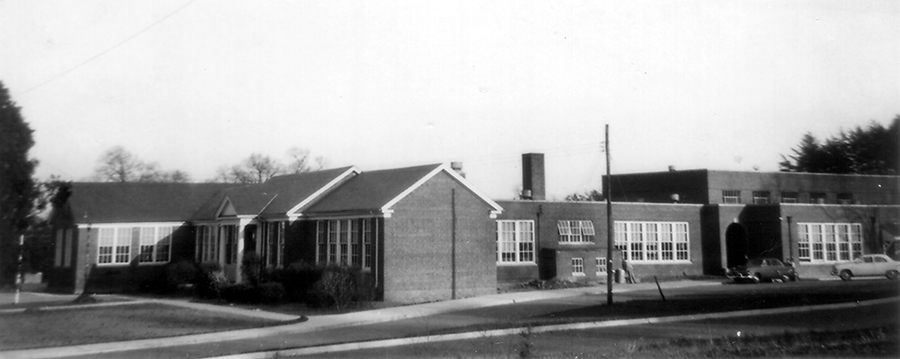
Uncle Sam Needs You!
As World War II unfolded, FCPS experienced staffing shortages because male teachers, custodians, and bus drivers were called into military service and some female teachers left for higher paying positions in the Federal government. After Lorton’s school bus driver had been called into military service in January 1942, Lorton Elementary School’s principal, Thomas W. Christopher, was given an additional salary of $30 per month to drive the school bus until such time as a regular driver could be found. Three months later, on April 10, 1942, Principal Christopher resigned because he, too, had been called to duty in the armed forces. During the war, Thomas Christopher served in the Army Air Corps as a ground instructor in the Women Airforce Service Pilots (WASP) program.
The Baby Boom
In 1946, Lorton Elementary School had nine teachers and an enrollment of 279. The construction of Shirley Highway (Interstate 95) adjacent to the school property in the late 1940s necessitated the building of an underpass so that children could safely cross the highway on their walk to and from school.
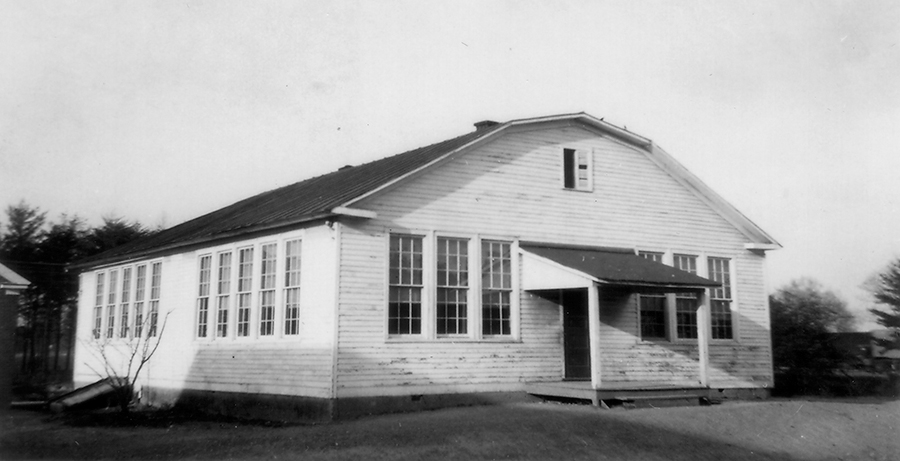
As the school-age population continued to rise in the post-war years, Lorton Elementary School’s custodian, Mr. H. H. Jenkins, was forced to move out of the old wood-framed Lorton School so the building could be converted back into classroom use. In April 1952, construction began on a four-room addition to Lorton Elementary School. The addition also included a library, secretary’s office, and storage rooms. Built by contractor Eugene Simpson & Brother at a cost of $74,694, the addition was completed in time for the opening of schools the following September.
An influx of more than 2,000 post-war babies will put between 1,200 and 1,300 Fairfax County pupils on double-shifts, it was revealed today as more than 20,000 children reported for the opening of the 1952-53 school year. An estimated one-third of the enrollment will use temporary or sub-standard classrooms at the beginning of the session. These will include Quonset huts, churches, fire halls, basements, apartment buildings, partitioned auditoriums, libraries, and cafeterias. ~ The Alexandria Gazette, September 2, 1952
Teacher Salaries
How much did FCPS teachers earn on average during the 1950s? The answer can be found in the meeting minutes of the Fairfax County School Board. A list of Lorton Elementary School’s staff members for the 1953-54 school year was recorded in the minutes.
| Name | Annual Salary |
|---|---|
| Miss Edith E. Ashworth, Librarian | $4,100 |
| Mrs. Marjorie L. Boyden | $3,700 |
| Mrs. Clarice Brewer | $3,100 |
| Mrs. Lorraine D. Buglia | $4,400 |
| Miss Hortense Connelly | $3,800 |
| Mrs. Ellie M. Hixson | $4,400 |
| Miss Isca Elise Jones | $3,100 |
| Mrs. Louise R. Malcolm | $3,700 |
| Mr. Willard L. McKay | $3,400 |
| Miss Minnie W. Moore | $4,900 |
| Mrs. Julia A. Morse, Principal | $5,850, 10 months |
| Miss N. Olus Page | $4,900 |
| Mrs. Rose S. Snead | $3,000 |
| Miss Josephine Spindle | $4,400 |
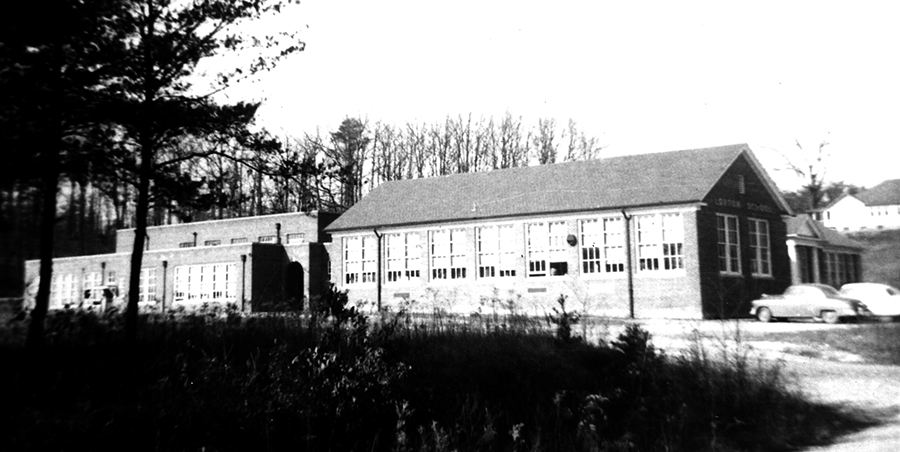
Lorton in the 1960s
The decade of the 1960s brought four significant changes to Lorton Elementary School. The first occurred in 1960, when FCPS opened its first intermediate schools and Lorton lost its seventh-grade classes. In August 1962, construction began on an eight-classroom addition to the school. Completed four months later by the Whyte Construction Company of Arlington, Virginia, at a cost of $93,950, the addition was constructed as a separate structure that was connected to the main building by a breezeway.
The third change occurred in 1966, when the first Black children were admitted to Lorton Elementary School. Originally an all-white school, School Board meeting minutes indicate that Lorton desegregated following the closure of Eleven Oaks Elementary School. The final change occurred in 1968, when FCPS introduced kindergarten classes at elementary schools county-wide.
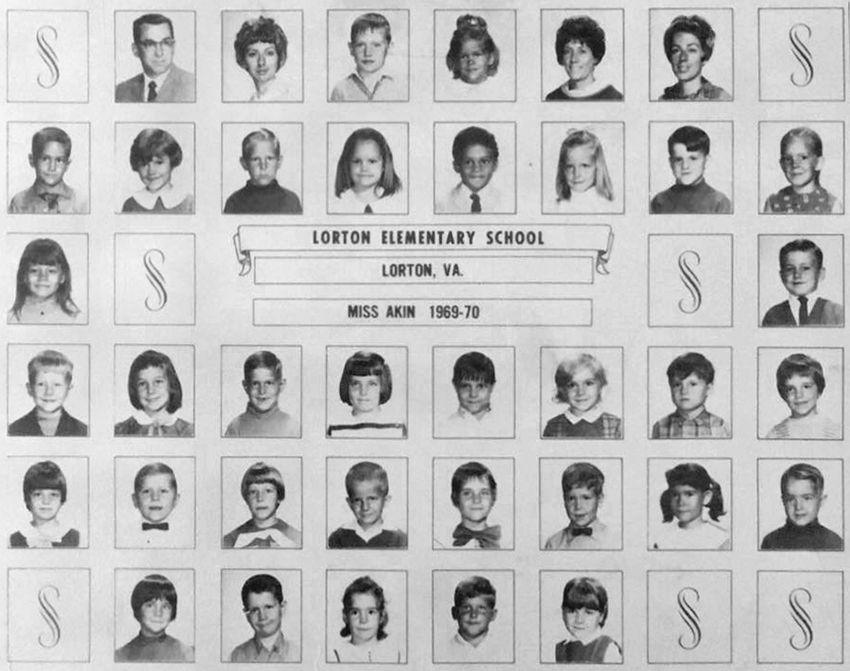
Arsonists Strike
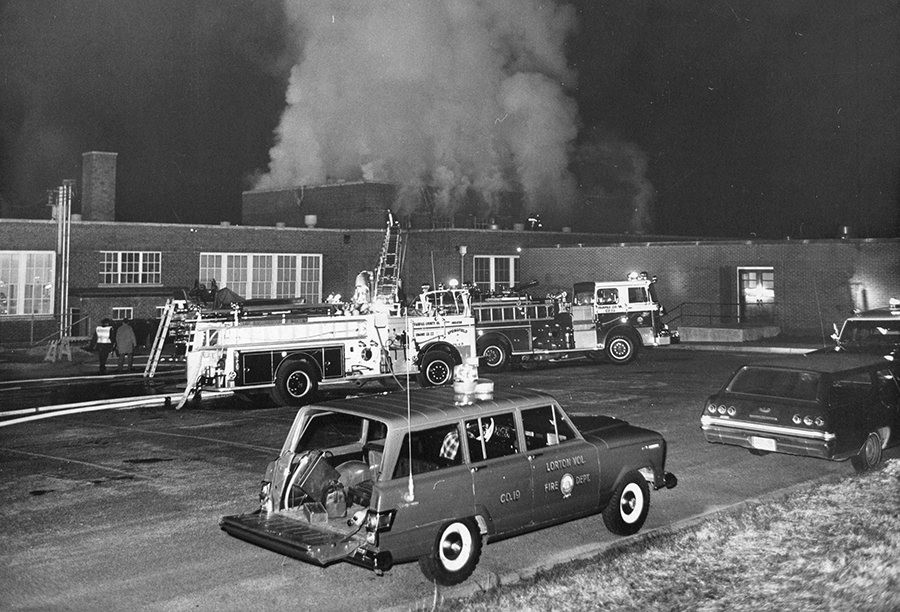
A fire early this morning in Fairfax County’s Lorton Elementary School has forced cancellation of all classes in the school today, county police announced. The 12:30 a.m. fire apparently caused severe damage to the school’s combined cafeteria-auditorium and some damage to at least three other rooms. ~ The Washington Post, April 6, 1970
The fire at Lorton Elementary School in April 1970 was started by three teenagers, and it took 64 firefighters from eight engine companies to extinguish the blaze. The damage to the building was estimated at $250,000. While the school was being reconstructed, some students were bused to Cheney Elementary School on Fort Belvoir, and others attended class outside Lorton Elementary School in portable trailers.
During the post-fire renovation, Lorton Elementary School was modernized to include a music classroom, a library office, a new heating and air conditioning system, new lighting, and fire alarms. Additionally, the breezeway connecting the eight-classroom annex with the main building was enclosed, and the cafetorium was modified to also serve as a gymnasium with retractable basketball hoops and portable volleyball nets.
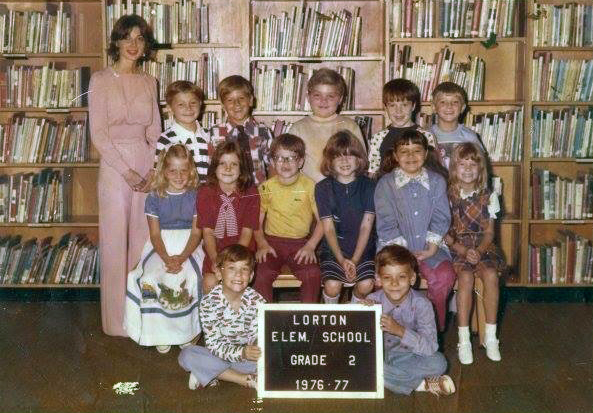
Lorton Closes
In 1974, Lorton Elementary School was described by Mr. Carroll Cutshall, president of the school’s PTA, as “totally inadequate” to the needs of students. Because Lorton Elementary School was so small, it lacked spaces for art, reading, speech, and special education classes that were commonplace in other schools. Additionally, the building was on a small, 3.7-acre lot which prohibited expansion. The school also used a septic system, which Mr. Cutshall described as “problematic,” and was located so close to Interstate 95 that children had trouble hearing their teachers when trucks went by.
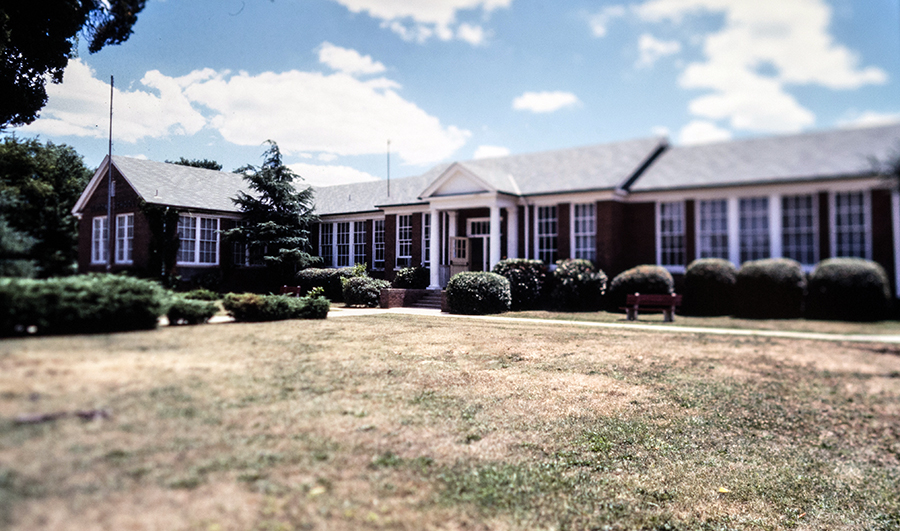
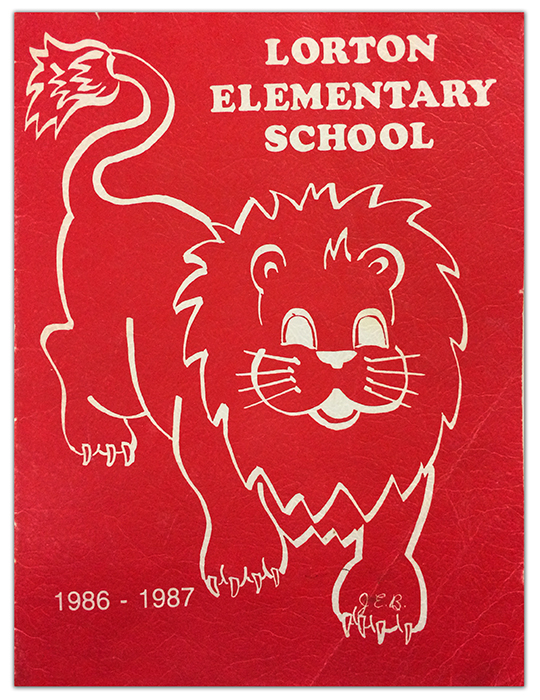
In 1985, construction began on a ten-classroom addition to Gunston Elementary School. After its completion in 1986, a portion of Lorton Elementary School’s attendance area was shifted to Gunston. In December 1986, ground was broken on the new Silverbrook Elementary School in the Crosspointe subdivision. Lorton Elementary School’s remaining students were reassigned to Silverbrook when it opened in September 1988.
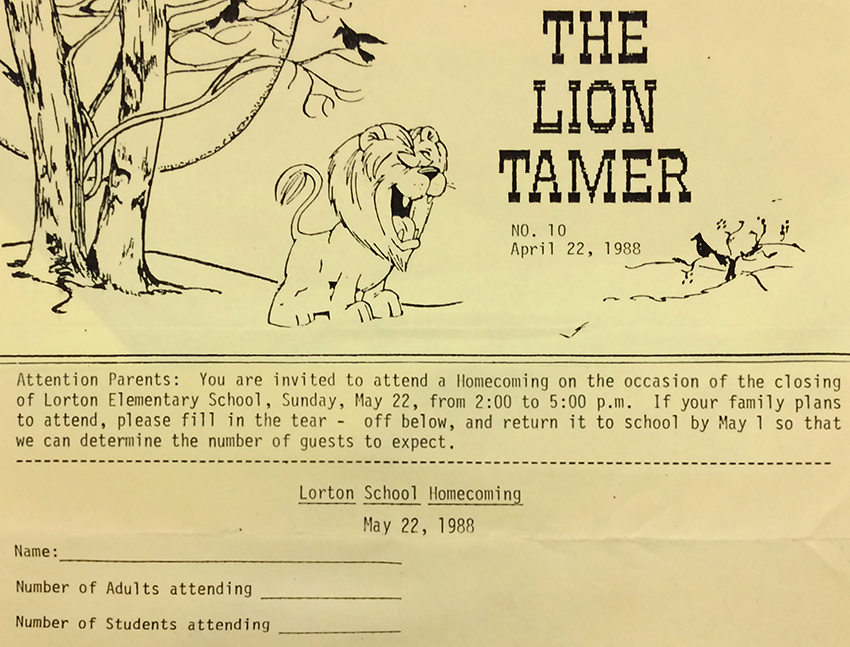
After Lorton Elementary School closed, the building was converted into office space for the FCPS Department of Facilities and Transportation Services. Today, the FCPS Area II Transportation Office continues to operate out of the facility.
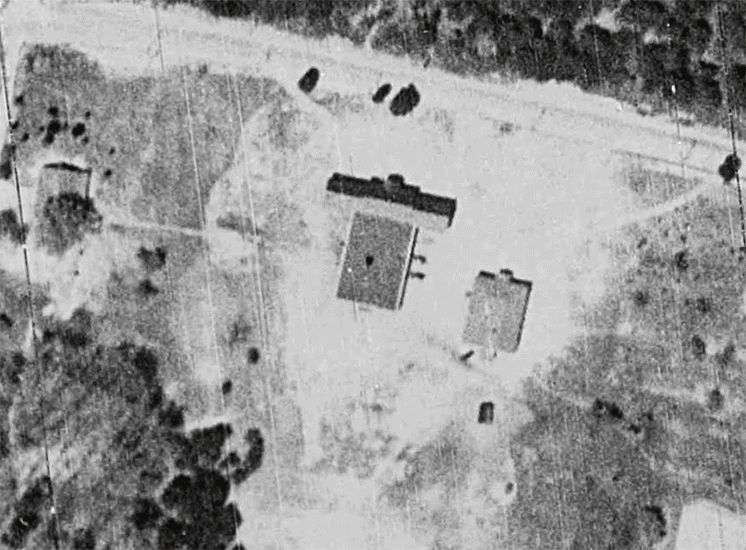
The Principals
Some of the principals of Lorton Elementary School were Richard McGehee (1927-28), Helen M. Davis (1928-34), Emmett M. Day (1934-41), Thomas W. Christopher (1941-42), Willard Fansler (1942-43), Rebecca Owen (1943-52), Julia A. Morse (1952-55), Frances E. Nevitt (1955-60), Donald T. Lacey (1960-63), Christine Y. Chadwick (1963-66), Charles P. Gray (1966-70), George F. Towery (1970-80), and John G. Earman (1980-88).
What’s in a Name?
Did you know that the name “Lorton” was given to this part of Fairfax County by Joseph Plaskett in the 1870s? Learn more about the history of the Lorton community in the following videos produced for the FCPS television channel, Red Apple 21.
